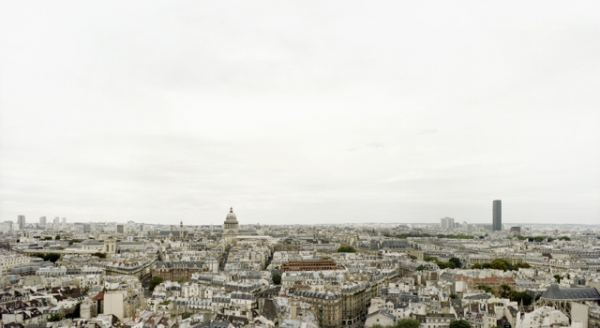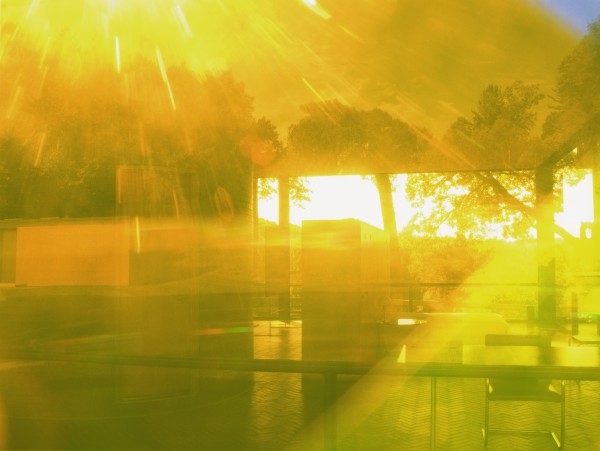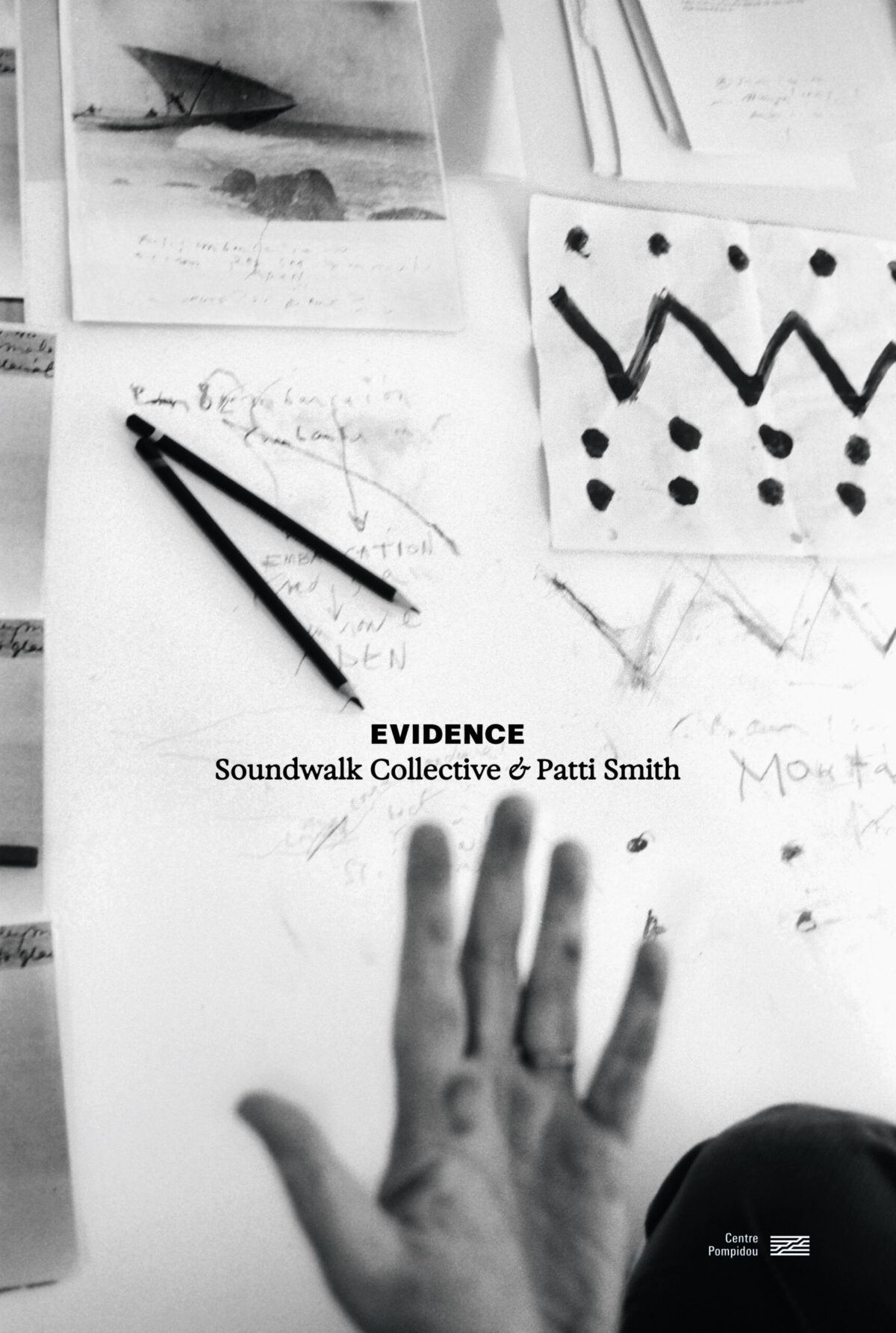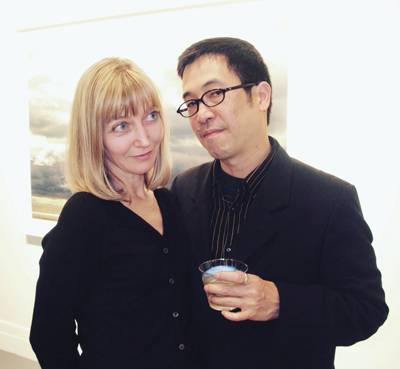

Sze Tsung Leong’s perspective of the world in his series Horizons, on view at Yossi Milo Gallery through June 28, is decidedly fixed. With what appears to be mathematical precision, he has ensured that the horizon line consistently falls in the lower third of each of his landscapes. The sometimes subtle, sometimes arresting variations in subject and form within this shared composition are what make the work intriguing. Seen in almost any order, the images form evocative juxtapositions and parallels.
Leong captures a wide mix of natural and constructed environments that span the globe, but he seems more interested in what unites these views than in what divides them, a point made in two striking cityscapes. Seen side by side, the photos – one of Paris’s Latin Quarter, the other of Cuba’s Old Havana – look nearly identical, even down to the domed buildings that land in approximately the same place in both images. One notable distinction, a small flag flying before one of them, seems almost comically insignificant in this context. National identities, clearly, make no difference here. Visually, it is all one city.


That idea extends into Leong’s views of nature. Hanging next to one another, two simple, abstract images showing the turquoise waters of the Maldives and the beige surface of the Salar de Uyuni salt flats, each with a cloudy, pale sky above, look like two sides of the same Rothko-esque coin. In other photos, Leong takes this a step further, establishing relationships between sites that are natural and those that are built. In one photograph, a silvery waterway cuts through California’s Antelope Valley. In an adjacent image, a road mirroring the water’s shape snakes through the hilltop city of Toldeo, Spain. People, he seems to suggest, have as much power to shape the landscape as nature itself.
Indeed, while people appear infrequently, the marks they leave are ubiquitous. One wall photo shows a procession of people traipsing across the shore of the otherwise bare Mont Saint-Michel Bay. In another, a man stands stooped over on the banks of the Ganges, nearly lost in the foggy expanse of the river. In both images, the people are dominated by big skies and seemingly endless landscape – a beautiful and bracing reminder that for all our power to create and destroy we are small creatures living on a mere sliver of a vast planet.








